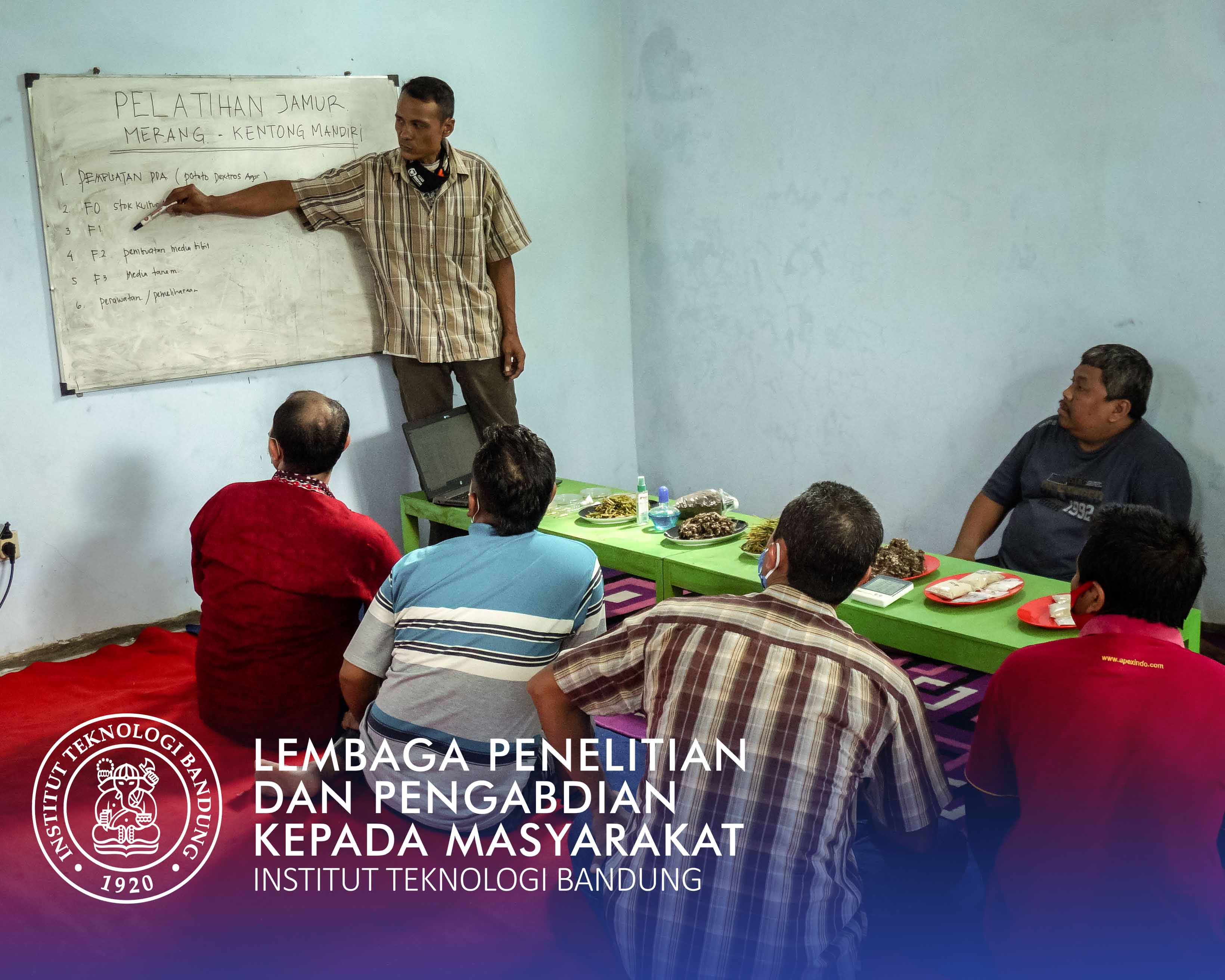

Tri Sulistyaningtyas
Ketapang is a coastal area with abundant natural resources, one of which is the pandan plant. Pandan plants are used by the people of Ketapang as a basic material for handicrafts. The pandan crafts produced by the craftsmen contain the cultural identity of Ketapang. However, the craftsmen do not yet have knowledge regarding natural coloring techniques so that the products produced still use chemical coloring which is very difficult to obtain. This activity aims to increase the knowledge, independence and creativity of pandan embroidery craftsmen through coaching and mentoring. This service uses a participatory method so that all craftsmen are actively involved during the activity. The result of this activity is an increase in the creativity of pandan embroidery craftsmen in Ketapang. Providing natural coloring technique materials can increase the creativity of craftsmen. This activity opens up opportunities for Ketapang craftsmen to introduce their cultural identity while increasing the income of MSME craftsmen in Ketapang. This activity also provides an understanding of sustainable products that support environmental conservation
Realizing eco design ideas and concepts by capturing the potential opportunities of natural resources, human resources (home industry craftsmen), and Ketapang tourism as a representation of the national creative industry cluster.
After training in natural dyeing and sewing techniques, craftsmen have competent skills in processing prickly pandan fiber so that the plants that grow on the Ketapang Coast can be used as export commodities, both exports in the form of fiber and crafts with selling value. It is hoped that this strengthening training can increase the productivity, creativity and economy of the community so that they can compete in the global realm. Participants who take part in this training will become part of the ambassadors for developing the use of Thorny Pandan fiber into handicraft items with high economic value and are expected to be able to transmit the training they receive to the surrounding community. Participants began to be able to combine various other materials with woven pandan. Apart from that, participants gain knowledge regarding dyeing techniques from plants around the yard so they don't depend on synthetic dyes imported from Java.